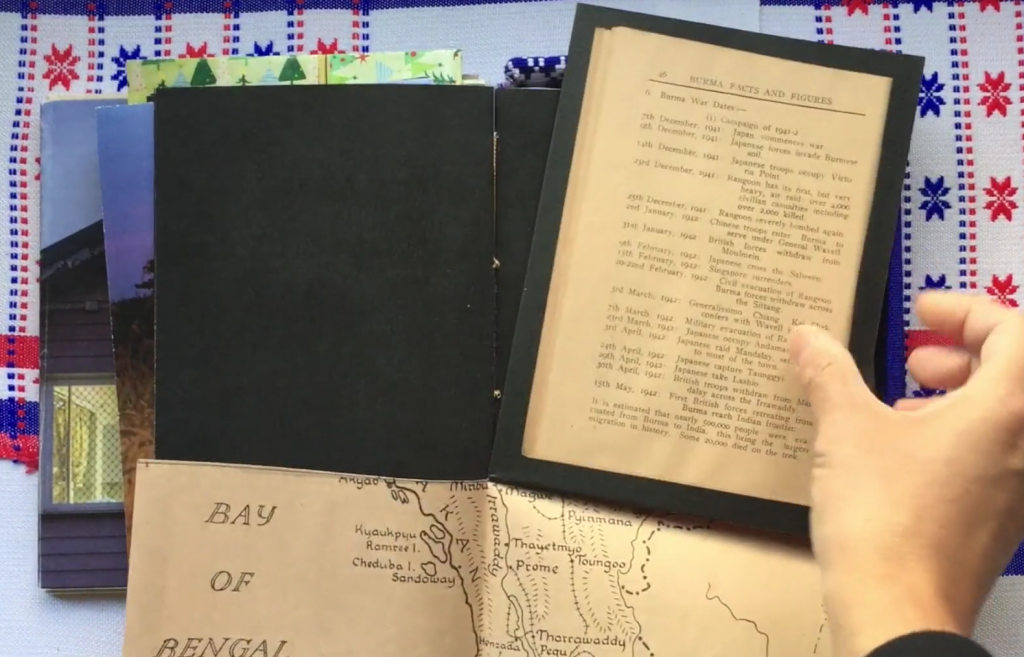In his interview with Ben Smith, Simon Norfolk (2019) is pretty forthright in expressing his opinion that the majority of what is produced in book form by photographers amounts to nothing more than vanity publishing. The book becomes an end in itself, without consideration of the readership/audience. Far from democratising art, by bypassing the gallery and patronage system, he sees the current interest in the production of books by photographers as reinforcing the elitist consumption (and collection) of photographic work. Whilst he makes an important point, he is taking a fairly narrow view of both the form and function of books, and how these are used by photographers and other artists (he is also forthright about his opinion that photographers are not artists, on the basis of a vary narrow conception of art). As Lukas Birk illustrated in his guest lecture this week, whilst established publishers do have a certain caché, self-publishing with a clear purpose, and oriented to a well defined readership, can be highly productive, and enable photographers to reach new audiences for their work. Birk produces a range of forms of work (from high volume and cheap bookshop for a south-east Asian market, to limited run artists books), each with a tightly defined sense of audience. Birk is also highly adept as supplementing published work with other forms of dissemination (for instance, the website for the Afghan Box Camera project). This sophisticated combination of print, online and exhibition/installation forms of dissemination is increasingly characteristic of the practice of successful contemporary photographers (for instance, see the work of Susan Meiselas, who has a very sophisticated website which catalogues the phases of her work and relates this to other forms of output, such as publications and exhibitions, including artefacts, texts and other contextualising material).
In my own project, I am not aiming for publication in book form of the work in and for itself (ie, as a self-published photobook or through an established publisher). There will, however, be print outputs from each of the constituent projects. At the moment, I am thinking of these as zine type publications which present the work of the participants alongside our collaborative work and my own work in the contexts we are exploring together. These can be combined to present the outcomes of the project as a whole, for instance by compiling the zines into a single publication, or by putting them together in a slipcase or envelope (designed to represent the overall themes of the project). As the project will also involve collection and use of a wide range of other material (for instance, developer plans and archive material relating to the areas), I was also intending to produce some form of resource pack/box, or perhaps (less didactically) and form of portable archive that could be used to explore the issues raised, reconfigure material collected and generated and provoke new activity (see earlier post about archives and refugee experience). Exploring different forms of publication this week has made me think about a form of artist book as an alternative. Having learned a range of book binding techniques at the London Centre for Book Arts (see post here), I have looked at the work of artists who have used similar techniques to present their work.
In Permission To Belong, Tammy Law uses a Solander Box as a container for exposed spine books which, in addition to photographs, contain letters, maps and other materials relating to the theme of migration, home and belonging from the perspective of families from Burma. Some of the material is bound into the book, and some is inserted (for instance, maps and large folded sheets of images).



Here the artist’s book is being seen as an object, and both an outcome of a project and a resource for exploration by the reader. Even more elaborate, with ornate binding and a wide range of inserts and multi-part pages, is Ryo Kusumoto’s 連師子/Renjishi, which takes the form of a multi-section exposed spine book.
Both these books use techniques that I have learned, and could use to produce low volume work at the end of the project. A good source of inspiration is the Dummy Book Awards at the Kassel FotoBookFestival.
It is also important, at this point, to return to earlier consideration of the political dimensions of self-publishing (explored in this post), and the argument put forward by Thoburn (2016) in Anti-Book: On the Art and Politics of Radical Publishing.
References
Norfolk, S. 2019. Simon Norfolk interviewed by Ben Smith, A Small Voice Podcast, 107, online at https://bensmithphoto.com/asmallvoice/simon-norfolk [accessed 22.07.19].
Thoburn, N (2016). Anti-Book: On the Art and Politics of Radical Publishing. Minneapolis: University of Minnesota Press.
